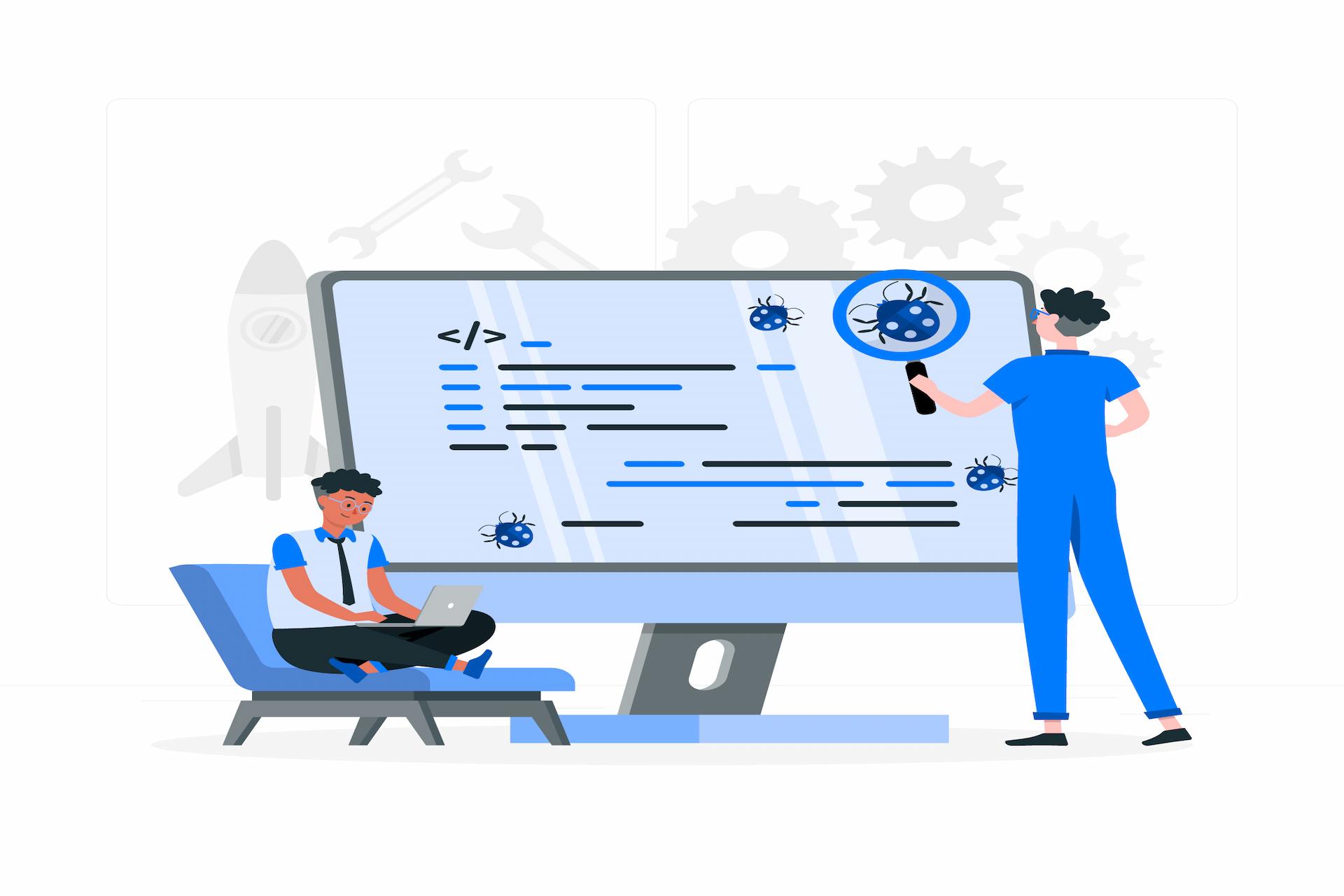
In the realm of software development, testing is a critical phase that ensures the quality, functionality, and reliability of the final product. Traditionally, testing has been performed manually, with testers executing test cases step by step to identify bugs and defects. However, with the advent of automation tools and frameworks, automation testing has gained popularity as a way to streamline the testing process and increase efficiency. In this blog post, we'll explore the differences between manual testing and automation testing, their respective advantages and limitations, and how to strike the right balance between the two approaches.
Manual Testing: The Human Touch
Manual testing involves testers manually executing test cases and verifying the behavior of the software against expected results. This approach relies on human intuition, observation, and experience to uncover defects and ensure the software meets user requirements. Manual testing offers several advantages, including:
Flexibility: Manual testing allows testers to adapt quickly to changes in requirements or user feedback and modify test cases accordingly.
Exploratory Testing: Manual testing enables testers to explore the software from a user's perspective, uncovering issues that may not be covered by scripted test cases.
Early Feedback: Manual testing provides immediate feedback on the usability, intuitiveness, and overall user experience of the software, helping identify potential improvements early in the development cycle.
Complex Scenarios: Manual testing is well-suited for testing complex scenarios, edge cases, and scenarios that are difficult to automate, such as visual testing or usability testing.
Automation Testing: Efficiency and Scalability
Automation testing involves using specialized tools and scripts to automate the execution of test cases, reducing the need for manual intervention and speeding up the testing process. Automation testing offers several benefits, including:
Efficiency: Automation testing can execute repetitive test cases quickly and consistently, saving time and effort compared to manual testing.
Reusability: Automated test scripts can be reused across multiple test cycles, reducing the need for manual retesting and increasing test coverage.
Regression Testing: Automation testing is ideal for performing regression testing, where test cases are rerun to ensure that new code changes do not introduce regressions or break existing functionality.
Scalability: Automation testing can scale to accommodate large, complex software projects with extensive test suites, enabling continuous testing and integration in agile development environments.
Striking the Right Balance
While both manual testing and automation testing have their advantages, neither approach is a silver bullet. Finding the right balance between manual and automation testing is crucial for optimizing the testing process and maximizing the effectiveness of your QA efforts. Here are some tips for striking the right balance:
Identify Suitable Candidates for Automation: Prioritize test cases that are repetitive, time-consuming, and stable for automation. Leave room for exploratory testing and manual intervention for complex scenarios and edge cases.
Combine Both Approaches: Use a combination of manual and automation testing techniques to leverage the strengths of each approach. Use manual testing for exploratory testing, usability testing, and complex scenarios, while automating repetitive, regression, and smoke tests.
Invest in Training and Collaboration: Provide training and support for testers to learn automation testing tools and techniques. Foster collaboration between manual testers and automation engineers to share knowledge, expertise, and best practices.
Regularly Evaluate and Adapt: Continuously evaluate your testing processes and strategies to identify areas for improvement. Adapt your approach based on project requirements, feedback from stakeholders, and changes in the software development lifecycle.
Conclusion
Manual testing and automation testing are both essential components of a comprehensive testing strategy, each offering unique advantages and limitations. By striking the right balance between manual and automation testing, organizations can optimize their testing processes, increase efficiency, and deliver high-quality software that meets user expectations and drives customer satisfaction.

No comments yet